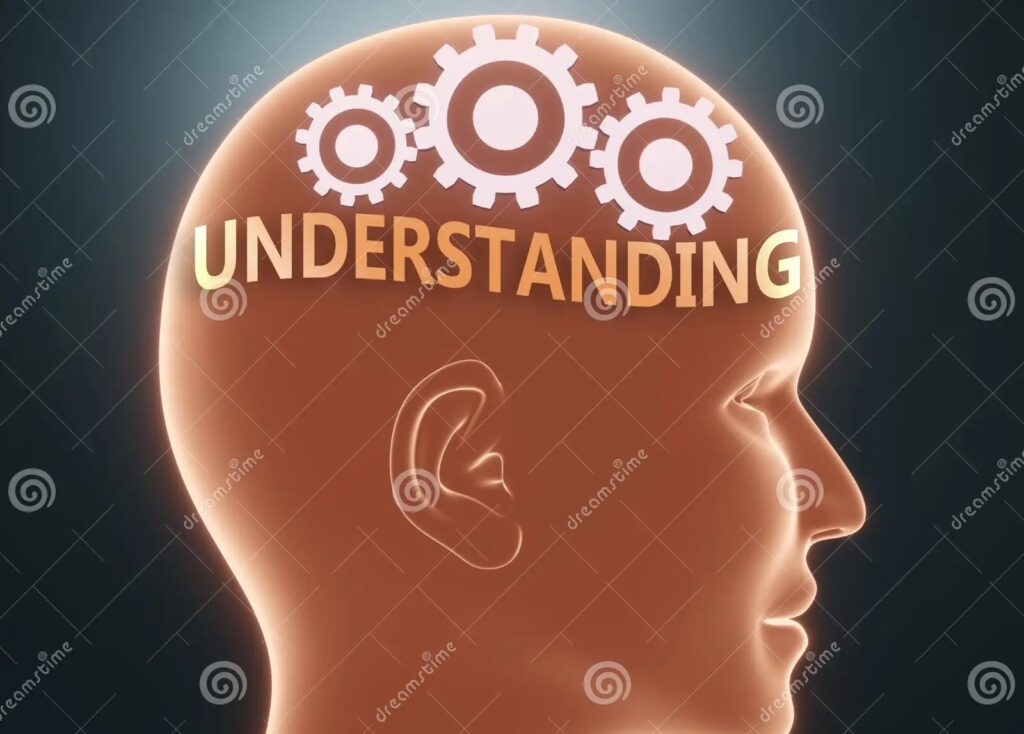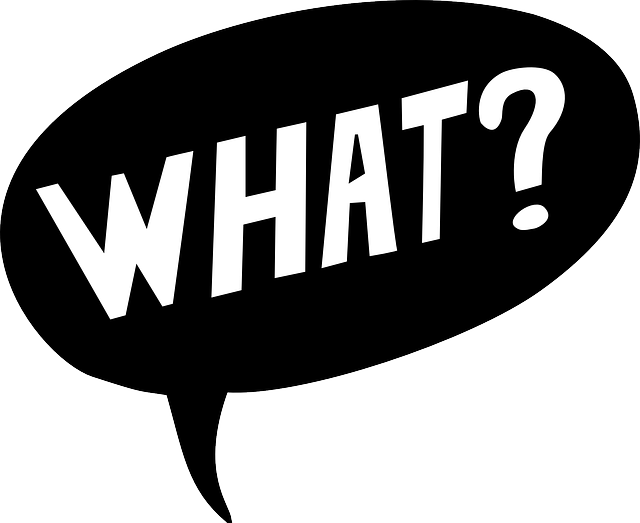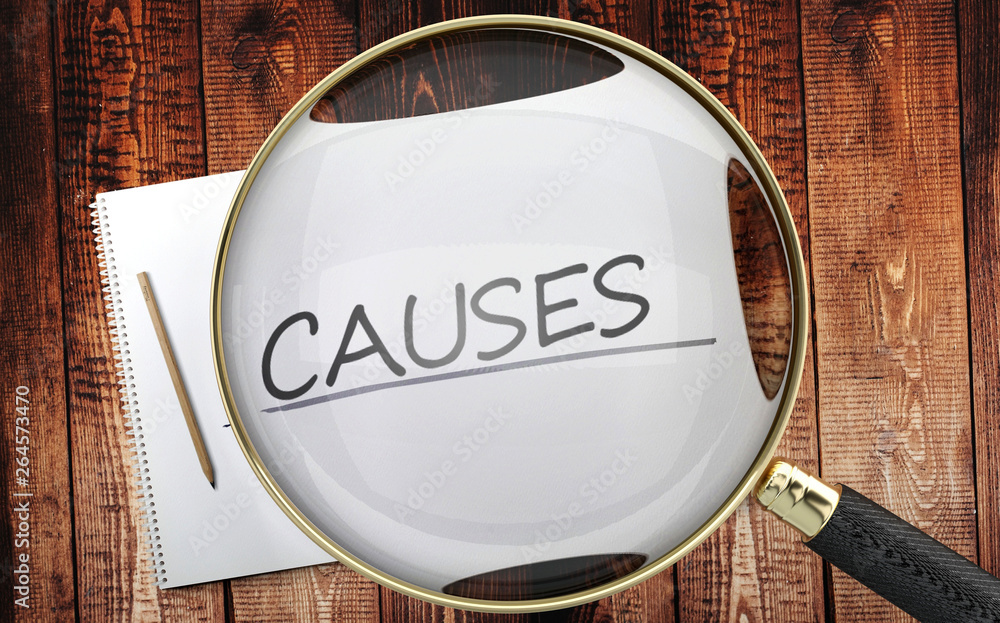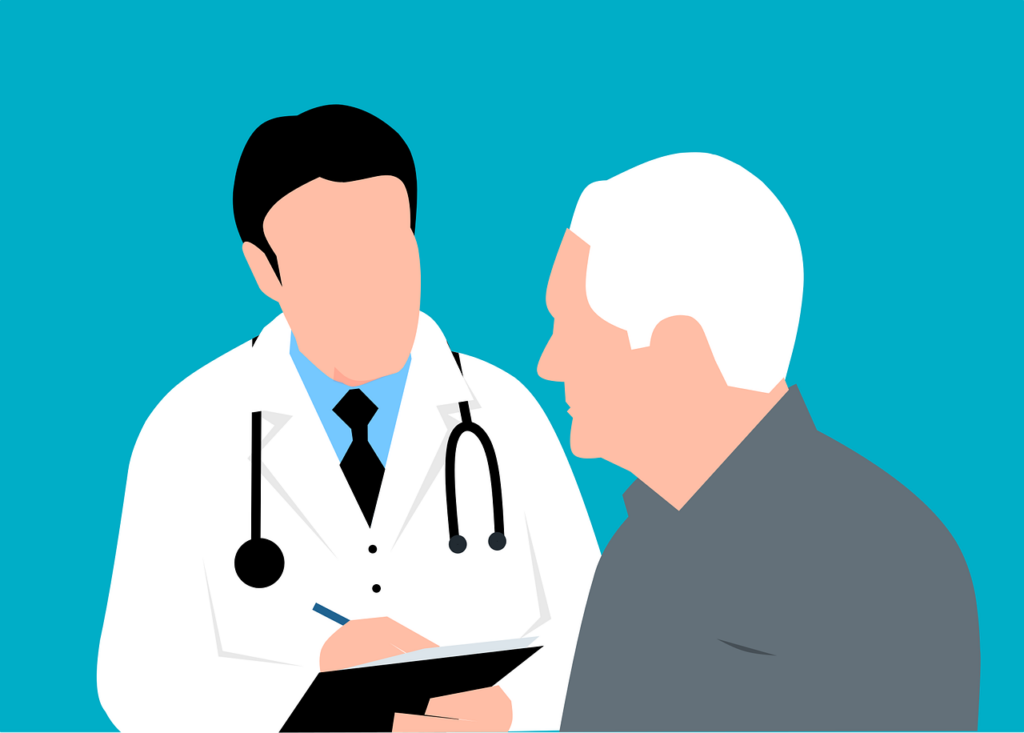
Poor Circulation in Feet and Legs.

Understanding, What It Is, Why It Happens, and How to Improve It
Poor circulation in the feet and legs, is a common concern for older adults, and it’s not something to ignore. When blood doesn’t flow efficiently to your lower limbs, it can lead to discomfort, swelling, numbness, and even more serious health problems if left untreated. Let’s explore what causes this condition, what symptoms to watch for, and how it can be managed or even improved—both medically and naturally.
What Is Poor Circulation?

Poor Circulation in Feet and Legs. Circulation is how blood flows through your body, delivering oxygen and nutrients to cells and removing waste. Poor circulation in the feet and legs means blood is having difficulty reaching these areas efficiently. The result? Cold feet, numbness, tingling, and fatigue.
Over time, inadequate circulation can lead to painful cramps, skin discoloration, ulcers, or even an increased risk of infection and blood clots.
A Brief History

Poor Circulation in Feet and Legs. While circulation problems have been observed since ancient times, it was in the 1600s that English physician William Harvey first detailed how blood circulates in the body. Over the centuries, medical understanding of the vascular system has expanded, especially concerning age-related changes.
In older adults, weakened blood vessels, slower metabolism, and reduced mobility can all contribute to poor circulation.
What Causes Poor Circulation in the Legs and Feet?

- Peripheral Artery Disease (PAD): A buildup of plaque in the arteries that narrows them, reducing blood flow.
- Diabetes: High blood sugar can damage blood vessels over time.
- Varicose Veins: Damaged vein valves can cause blood to pool in the legs.
- Sedentary Lifestyle: Inactivity weakens circulation and muscle tone.
- Smoking: Harms blood vessels and increases risk of clotting.
- Obesity: Excess weight puts pressure on the circulatory system.
- Blood Clots: Can block blood flow to certain areas.
- Raynaud’s Disease: Causes small arteries to narrow in response to cold or stress.
Common Symptoms to Watch For

- Cold feet or toes
- Numbness or tingling
- Swelling in lower legs or ankles
- Discoloration (pale or bluish skin)
- Cramping after walking short distances (claudication)
- Slow healing of wounds or sores
- Shiny, thin skin or loss of hair on legs or feet
Medical Treatments

Poor Circulation in Feet and Legs. If you suspect poor circulation, a GP visit is essential. Treatments might include:
- Medications: To thin the blood, lower cholesterol, or manage blood pressure.
- Compression Stockings: To improve blood return from the legs.
- Angioplasty or Surgery: In severe PAD cases.
- Diabetes Management: Tight control of blood sugar improves circulation outcomes.
- Blood Thinners: If clot risk is identified.
Home Remedies and Lifestyle Changes

Poor Circulation in Feet and Legs. You can do a lot at home to improve circulation naturally:
🏃♂️ Stay Active
- Walking, swimming, or gentle resistance training improves blood flow.
- Aim for at least 30 minutes a day, most days of the week.
🦶 Foot and Leg Exercises
- Toe curls, ankle rotations, and heel raises promote circulation.
- Elevating the feet above heart level for 10–15 minutes can help reduce swelling.
🥦 Eat for Circulation
- Beets, citrus fruits, leafy greens, oily fish, garlic, and turmeric support blood vessel health.
- Reduce salt, sugar, and trans fats.
🚭 Quit Smoking
- Smoking drastically restricts blood flow by narrowing blood vessels.
💧 Stay Hydrated
- Water keeps blood viscosity lower and circulation smoother.
🧦 Use Compression Gear
- Special socks or sleeves help veins push blood upward.
🛀 Warm Foot Soaks or Baths
- Stimulate blood flow and reduce tension.
The Science Behind It

Poor Circulation in Feet and Legs. As we age, our blood vessels become stiffer and less elastic. Atherosclerosis (hardening of the arteries) is more common in older adults, narrowing passageways for blood. At the same time, our heart output slightly decreases, and reduced physical activity means less muscular assistance to push blood upward from the legs. All these factors combined can result in sluggish circulation.
Thankfully, the vascular system is highly responsive to lifestyle changes—even simple daily walking or a small change in diet can make a big difference over time.
Final Thoughts
Poor circulation in the legs and feet isn’t just an annoyance—it’s a sign your body needs attention. Whether it’s a change in diet, a regular walking routine, or proper medical care, there are ways to dramatically improve blood flow and quality of life.
Pensioner Fitness – Helping You Stay Strong, Steady, and Self-Reliant
DONATE
DONATE
Pensioner Fitness
Pensioner Fitness Awards
THE BUSINESS CONCEPT, BEST IN BUSINESS AWARDS
- “MOST INSPIRING SENIOR WELLNESS WEBSITE 2023“
THE GLOBAL HEALTH AND PHARMA, FITNESS AND NUTRITION AWARDS
2. “BEST SENIOR FITNESS AND NUTRITION SPECIALIST 2023“
THE MIDDLE EAST AND AFRICA BUSINESS AWARDS
3. “ MOST INCLUSIVE FITNESS PROVIDER 2023″
THE CORPORATE LIVE WIRE GLOBAL AWARDS 2023/2024
4. ” FITNESS ADVISORY PLATFORM OF THE YEAR“ 2023/2024
In Conclusion
Poor circulation in the feet and legs can lead to discomfort, numbness, and more serious health issues if left unchecked. This post explains what poor circulation is, its causes—from peripheral artery disease to a sedentary lifestyle—and common symptoms. It also covers both medical treatments and practical home remedies such as exercise, diet changes, and lifestyle adjustments, all backed by the science of how aging affects our vascular system.
Important Note *
Remember that everyone is different, it is ultimately YOUR RESPONSIBILITY to find what your body responds to. So please do your due diligence before trying anything new, including getting Medical Advice to ensure your safety and peace of mind.
Connect with me and leave a com